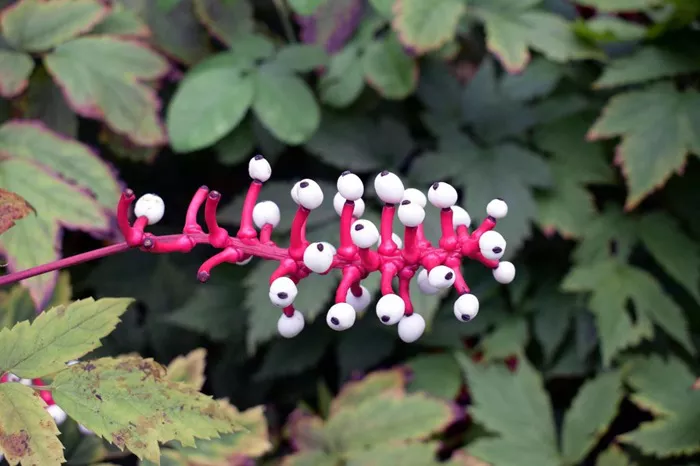As autumn settles in and Colorado’s landscapes turn hues of orange, the state’s natural beauty takes on a haunting allure that aligns perfectly with the Halloween season. This time of year, locals and visitors alike are drawn to Colorado’s spookiest plants—those that are poisonous, carnivorous, or simply strange. Let’s explore some eerie flora sure to give you chills.
Poisonous Plants
Colorado is home to a number of plants that are not only toxic but can be fatal. Among the most infamous is poison hemlock (Conium maculatum). This plant, with tall, fern-like leaves and clusters of white flowers, is easily mistaken for harmless herbs. However, every part of poison hemlock is toxic. It contains alkaloids that can lead to respiratory failure and even death if consumed in large amounts.
Monkshood (Aconitum columbianum) is another deadly plant to avoid. Just 500 grams can be fatal for a horse. Historically, humans have used monkshood for various lethal purposes, from poisoning water supplies to trapping wolves. Known as “woman’s murder” in ancient times, its toxic effects can even be absorbed through the skin, making it dangerous to touch.
Carnivorous Plants
While carnivorous plants may seem more fitting for tropical climates, Colorado has its own collection. The sundew (Drosera rotundifolia), which is more common in wetland areas, can also be found in some high-altitude regions of the state. This tiny plant has sticky leaves covered with glandular hairs that trap insects, which it then digests to obtain nutrients.
Bladderworts (Utricularia genus) add to the spooky plant lineup in Colorado. Found in wetland areas, these plants use small bladder-like traps to capture tiny aquatic creatures. When a prey swims by, the bladder opens, sucks it in, and digests it. These unique plants rely on protein-rich diets to thrive in challenging environments.
Strange Aesthetics
Beyond the poisonous and carnivorous, Colorado is also home to plants with an eerie appearance, enhancing the spooky atmosphere of the season. The devil’s claw (Proboscidea louisianica) starts as a large yellow flower, which eventually transforms into a dark, claw-like seed pod with a haunting look. The eastern plains of Colorado are the perfect place to find this Halloween-worthy plant.
The white baneberry (Actaea pachypoda), also known as the “doll’s eye plant,” has a ghostly look due to its white berries with dark purple centers, giving it an eye-like appearance. This toxic native species can cause blistering if touched and is fatal if consumed.
Exploring Colorado’s spooky plant life offers an exciting experience for both nature lovers and curious visitors. From the deadly poison hemlock to the strange devil’s claw, these plants are reminders of nature’s captivating beauty and inherent risks. Remember, some things in the wild are best admired from a distance.
Related topics:
- Burnham Area Flower Club to Host Christmas Floral Art Evening
- Checking for Signs of Drought Stress in Trees and Plants
- Scientists Believe Controlling Invasive Plants Can Reduce Ticks and Tick-Borne Diseases


